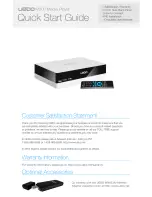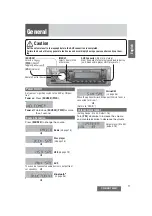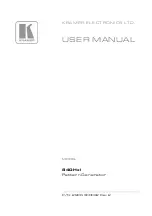
63
Ti: Integral-action time to reach a change in magnitude of the value of Xe.
Transfer function:
Proportional-plus-integral-plus-derivative controller, PID-controller
Frequency response:
G
R
= Kp * (1+ p*Tn) * (1+ p*Tv) / (p*Tn)
If there are two larger time constant in the control loop, the greater of the two is compensated
by (1 + p*Tn) and the smaller, by (1 + p*Tv).
Kp: P gain, Tn: reset time, Tv: rate time
Transfer function:
Controller optimization
The control equipment must be adjusted to output a manipulated variable y that has the
controlled variable x follow a reference variable w or to compensate for a change in
disturbance variable z as precisely as possible and with as little oscillation as possible. An
ideal controller therefore as the relation x(t) / w(t) = 1 or x(t) / z(t) = 0, which would mean that
you do not notice any change in the disturbance variable.
However, the lag effect of the controlled system through all its transfer elements is an
obstacle to this ideal response of a control loop.
t
x
a
x
e
Xa
Xe*Kp
Xe
Tn
Xe*Kp
Xe
t
Ti
D component
I component
P component
















































